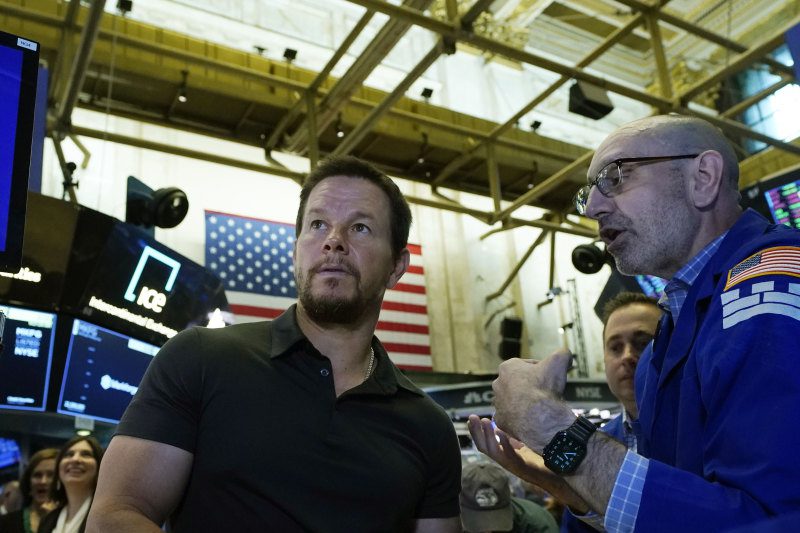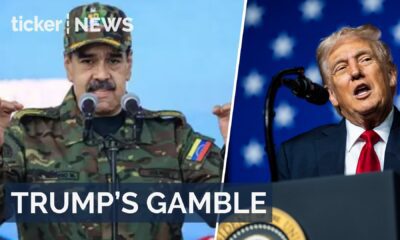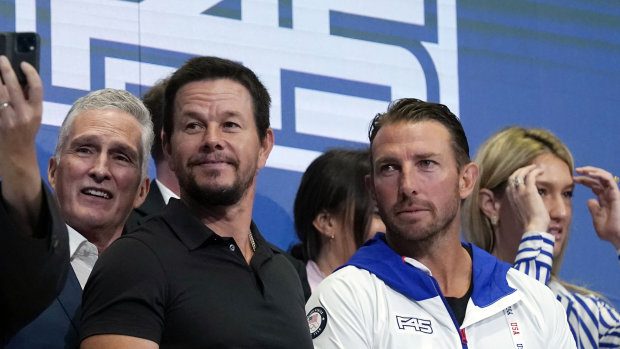Money
Australian fitness giant’s late $2B sprint into Wall Street

Money
Wall Street hits record highs as markets shrug off Venezuela tensions
US markets hit record highs as investors shrug off geopolitical tensions, with the S&P 500 up 0.7% and Dow 1%.
Money
Dow hits record after U.S. military action in Venezuela
Dow Jones surged 600 points post-U.S. action in Venezuela, boosting energy stocks amid cautious gold futures rise.
Money
Wall Street eyes further gains in 2026 as rate cuts fuel optimism
Wall Street enters 2026 optimistic as falling interest rates and strong earnings drive stock market expectations amid economic resilience.
-



 Ticker Views4 days ago
Ticker Views4 days agoInside Trump’s strategy for post-Maduro Venezuela
-



 Tech2 days ago
Tech2 days agoCES 2026 Highlights: AI, robotics, and the future of innovation
-



 Tech2 days ago
Tech2 days agoCES 2026 opens with AI powering the future of tech
-



 Crypto1 day ago
Crypto1 day agoMorgan Stanley files for Bitcoin, Solana, and Ethereum ETFs
-



 Money4 days ago
Money4 days agoDow hits record after U.S. military action in Venezuela
-



 Ticker Views4 days ago
Ticker Views4 days agoTrump’s intervention in Venezuela: the 3 warnings for the world
-



 Ticker Views3 days ago
Ticker Views3 days agoElon Musk faces backlash over Grok AI Deepfakes
-



 Tech1 day ago
Tech1 day agoGlobal memory chip shortage set to drive electronics prices higher









